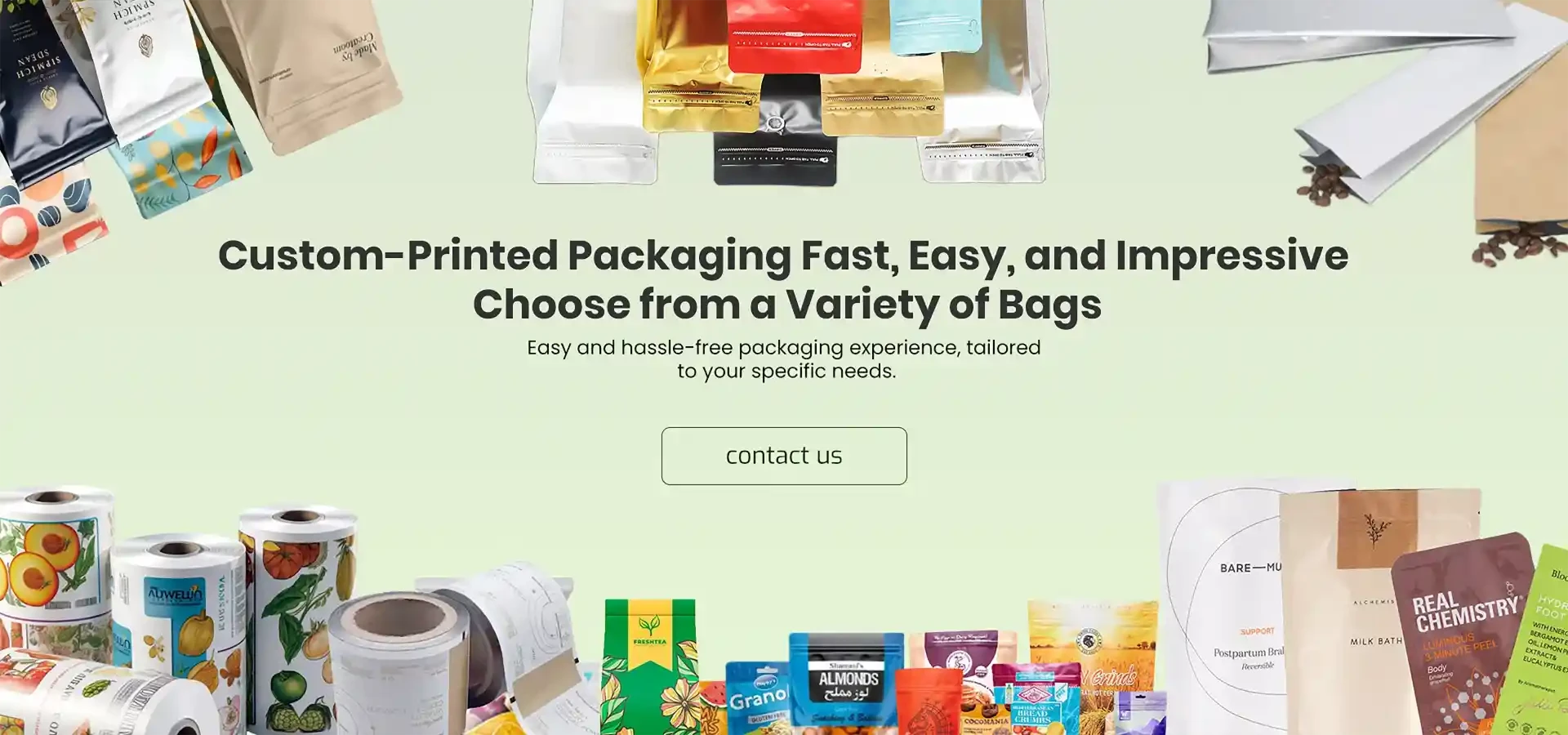- Afrikaans
- Albanian
- Amharic
- Arabic
- Armenian
- Azerbaijani
- Basque
- Belarusian
- Bengali
- Bosnian
- Bulgarian
- Catalan
- Cebuano
- chinese_simplified
- chinese_traditional
- Corsican
- Croatian
- Czech
- Danish
- Dutch
- English
- Esperanto
- Estonian
- Finnish
- French
- Frisian
- Galician
- Georgian
- German
- Greek
- Gujarati
- haitian_creole
- hausa
- hawaiian
- Hebrew
- Hindi
- Miao
- Hungarian
- Icelandic
- igbo
- Indonesian
- irish
- Italian
- Japanese
- Javanese
- Kannada
- kazakh
- Khmer
- Rwandese
- Korean
- Kurdish
- Kyrgyz
- Lao
- Latin
- Latvian
- Lithuanian
- Luxembourgish
- Macedonian
- Malgashi
- Malay
- Malayalam
- Maltese
- Maori
- Marathi
- Mongolian
- Myanmar
- Nepali
- Norwegian
- Norwegian
- Occitan
- Pashto
- Persian
- Polish
- Portuguese
- Punjabi
- Romanian
- Russian
- Samoan
- scottish-gaelic
- Serbian
- Sesotho
- Shona
- Sindhi
- Sinhala
- Slovak
- Slovenian
- Somali
- Spanish
- Sundanese
- Swahili
- Swedish
- Tagalog
- Tajik
- Tamil
- Tatar
- Telugu
- Thai
- Turkish
- Turkmen
- Ukrainian
- Urdu
- Uighur
- Uzbek
- Vietnamese
- Welsh
- Bantu
- Yiddish
- Yoruba
- Zulu
Exploring Innovations in Digital Printing for Flexible Packaging Solutions
The Evolution of Digital Printing in Flexible Packaging
In recent years, the flexible packaging industry has witnessed a remarkable transformation, driven by advancements in digital printing technology. Flexible packaging, which includes materials like pouches, bags, and wraps, is increasingly favored by manufacturers and consumers alike due to its lightweight, space-saving, and sustainability benefits. Among the pivotal changes in this domain, digital printing has emerged as a game-changer, revolutionizing how products are presented and marketed.
The Advantages of Digital Printing
Digital printing, as opposed to traditional printing methods, offers several advantages that cater to the modern demands of packaging. One of the most significant benefits is the ability to produce short runs economically. This means that businesses can print smaller quantities of packaging without incurring prohibitive costs, enabling them to respond more swiftly to market trends and consumer preferences. For instance, brands can launch limited-edition products or seasonal packaging designs with ease, enhancing their engagement with customers and keeping their offerings fresh.
Another key advantage of digital printing is its flexibility in design. With the power of digital technology, brands can customize designs quickly and efficiently. This means that one can change colors, graphics, and text with just a few clicks, allowing for personalizations that resonate with target audiences. Such customization is particularly beneficial in the food and beverage industry, where packaging can be tailored to reflect local cultures, consumer tastes, or specific promotions.
Moreover, digital printing boasts superior print quality. Advances in digital ink technology have led to sharper images, more vibrant colors, and the ability to reproduce intricate designs with precision. This high-quality output not only enhances the visual appeal of products but also helps convey brand messages effectively, ultimately driving consumer interest and loyalty.
Sustainability and Digital Printing
The discussion around sustainability has become increasingly relevant in the packaging sector, and digital printing aligns well with these eco-conscious goals. Traditional printing methods often involve lengthy setups and the use of solvents that can be harmful to the environment. In contrast, digital printing typically requires fewer resources and generates less waste. Additionally, because it allows for on-demand printing, businesses can minimize excess inventory and reduce their carbon footprint.
digital printing flexible packaging

Moreover, many digital printing processes utilize eco-friendly inks and substrates, which are both biodegradable and recyclable. This move towards sustainability not only meets regulatory requirements but also appeals to consumers who are becoming more environmentally aware. Brands that adopt sustainable practices can enhance their reputation, positioning themselves as responsible contributors to both society and the planet.
The Future of Digital Printing in Flexible Packaging
Looking ahead, the future of digital printing in flexible packaging appears promising. The technology continues to evolve, with innovations such as three-dimensional printing and advancements in ink formulations on the horizon. These developments will likely enhance the capabilities of digital printing, allowing for even greater customization and functionality in packaging.
In addition, as e-commerce continues to grow, the demand for packaging that is both protective and visually appealing will also increase. Digital printing provides an optimal solution for online retailers, who can benefit from packaging that stands out on the digital shelf while also being capable of withstanding the rigors of shipping and handling.
Furthermore, the integration of smart technologies and augmented reality into packaging is an exciting trend. Brands can leverage interactive packaging that communicates with consumers through their smartphones, providing product information, promotions, or even immersive storytelling experiences.
Conclusion
In summary, digital printing is revolutionizing the flexible packaging industry by offering unparalleled customization, sustainability, and quality. As consumer preferences shift towards more personalized and eco-friendly products, digital printing stands at the forefront of these trends, leading to a more dynamic and responsive packaging landscape. With the continuous evolution of technology and increasing market demands, the role of digital printing in flexible packaging will undoubtedly expand, shaping the future of how products are presented and consumed.













